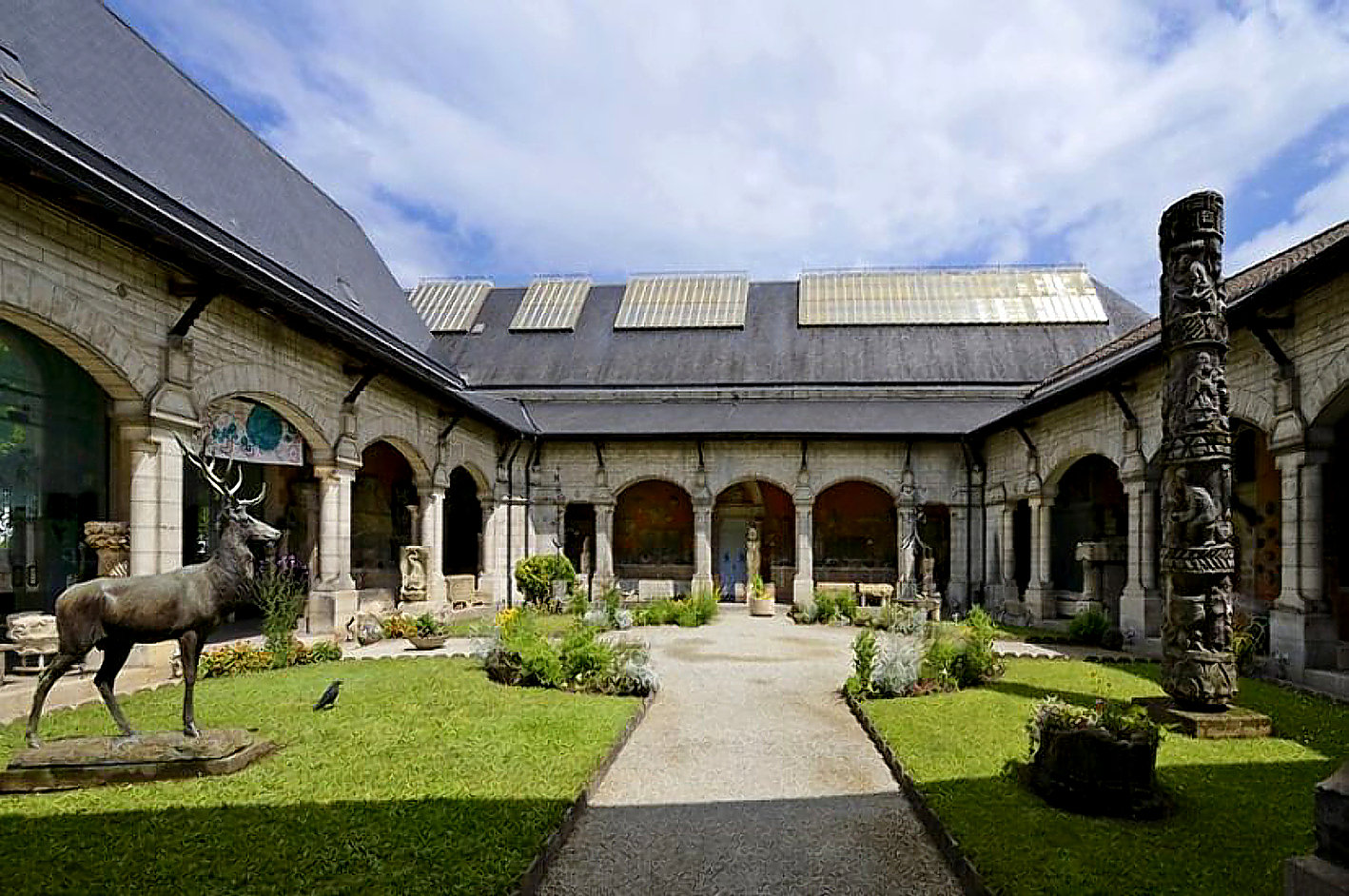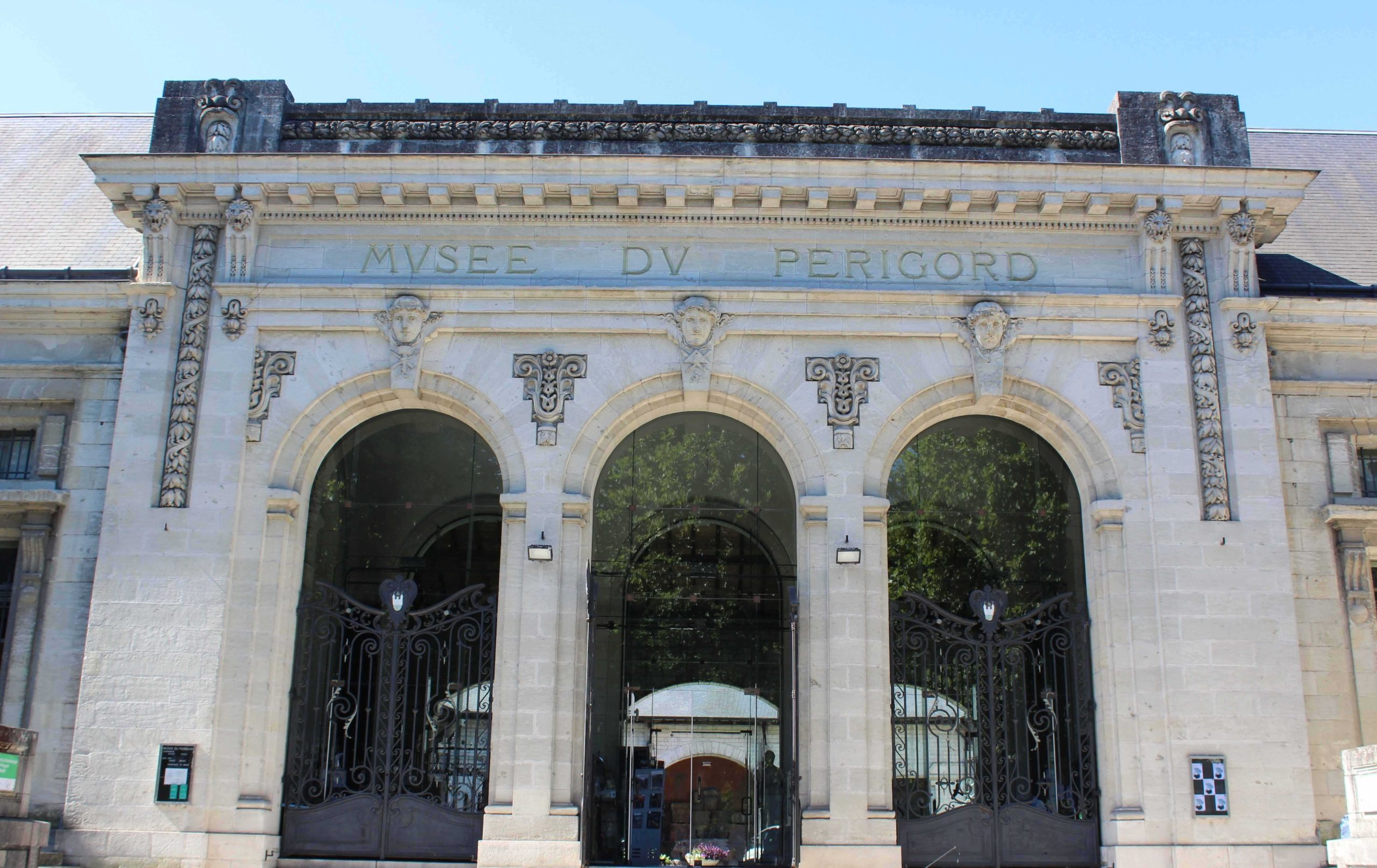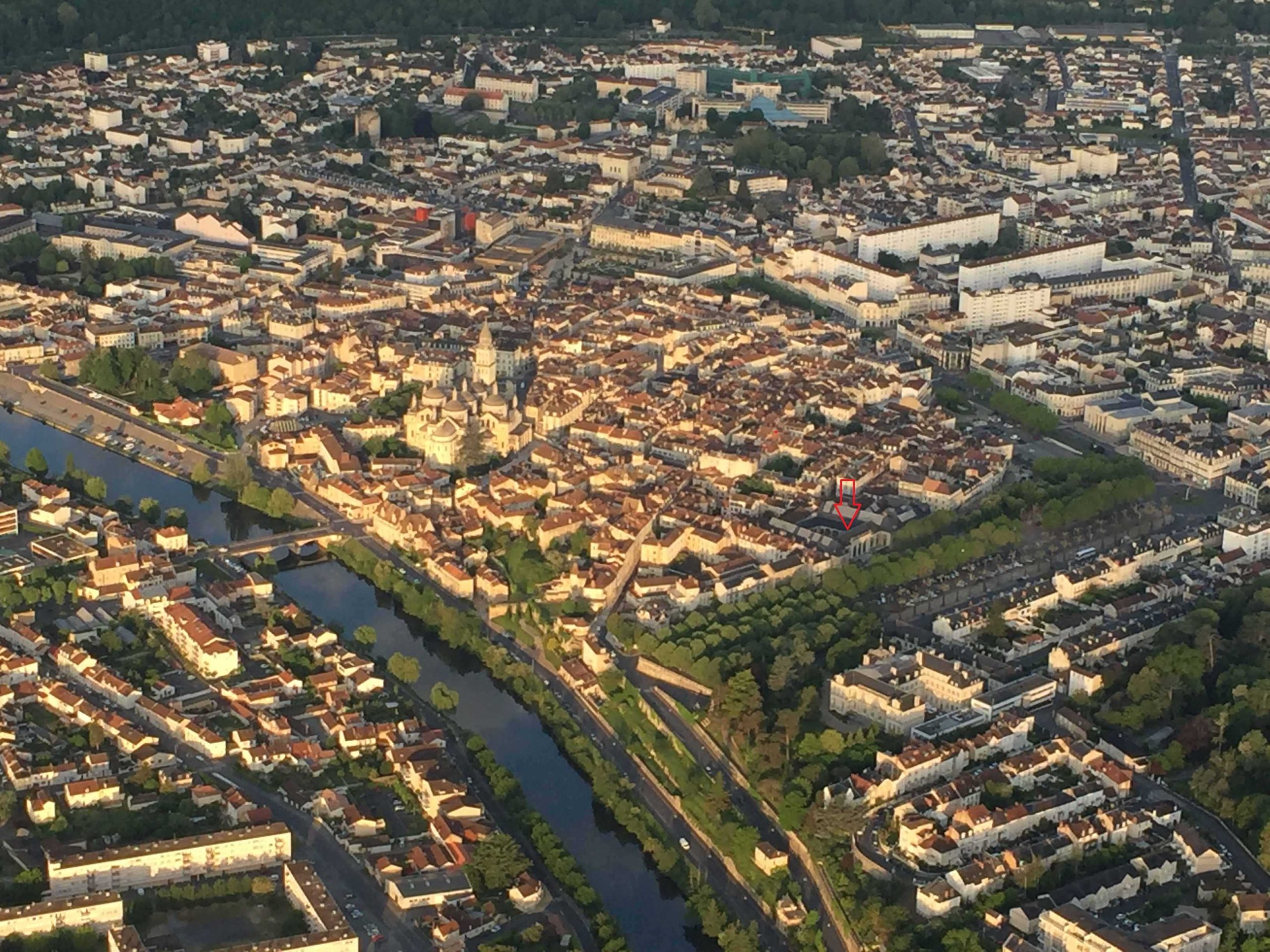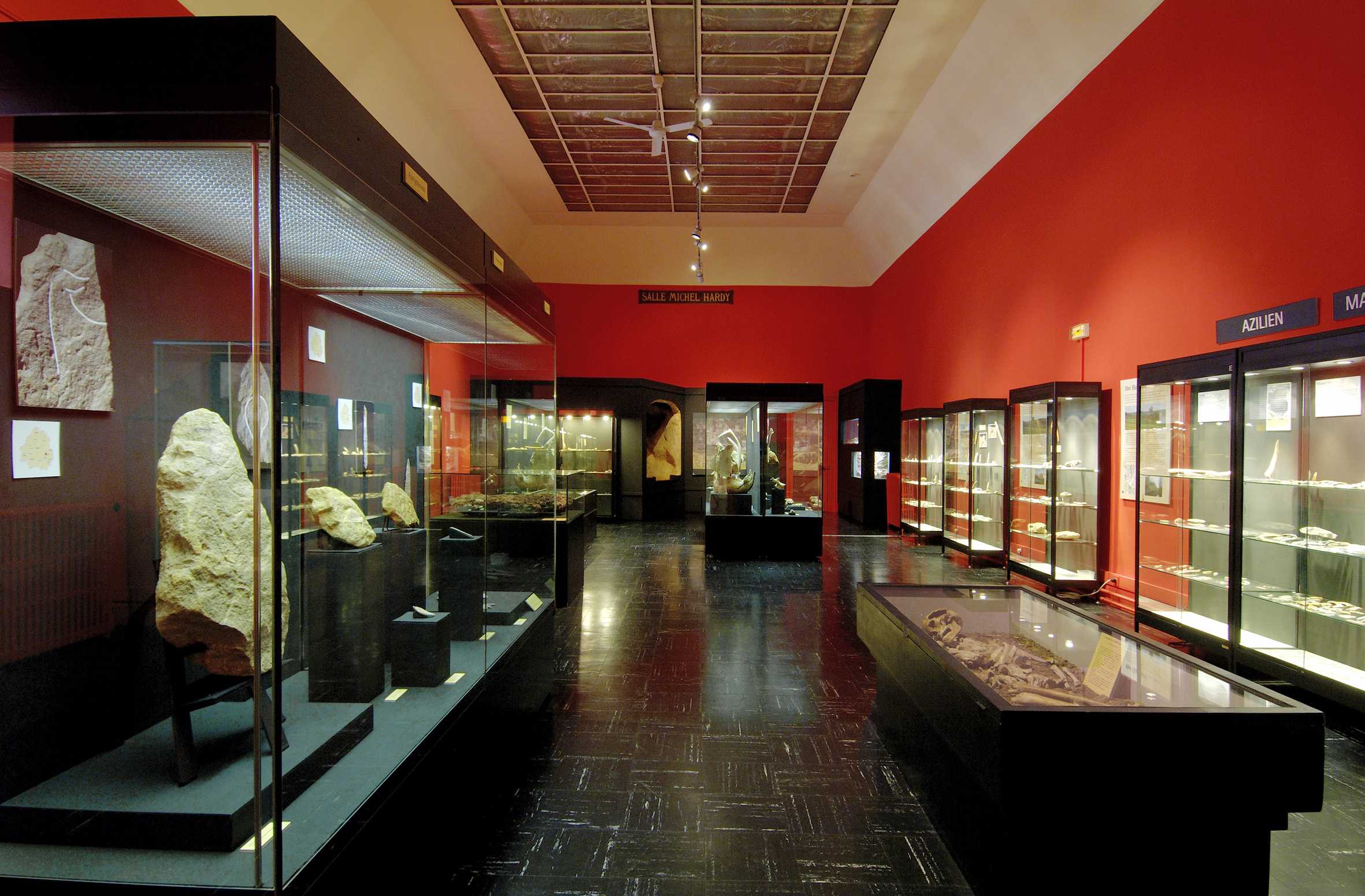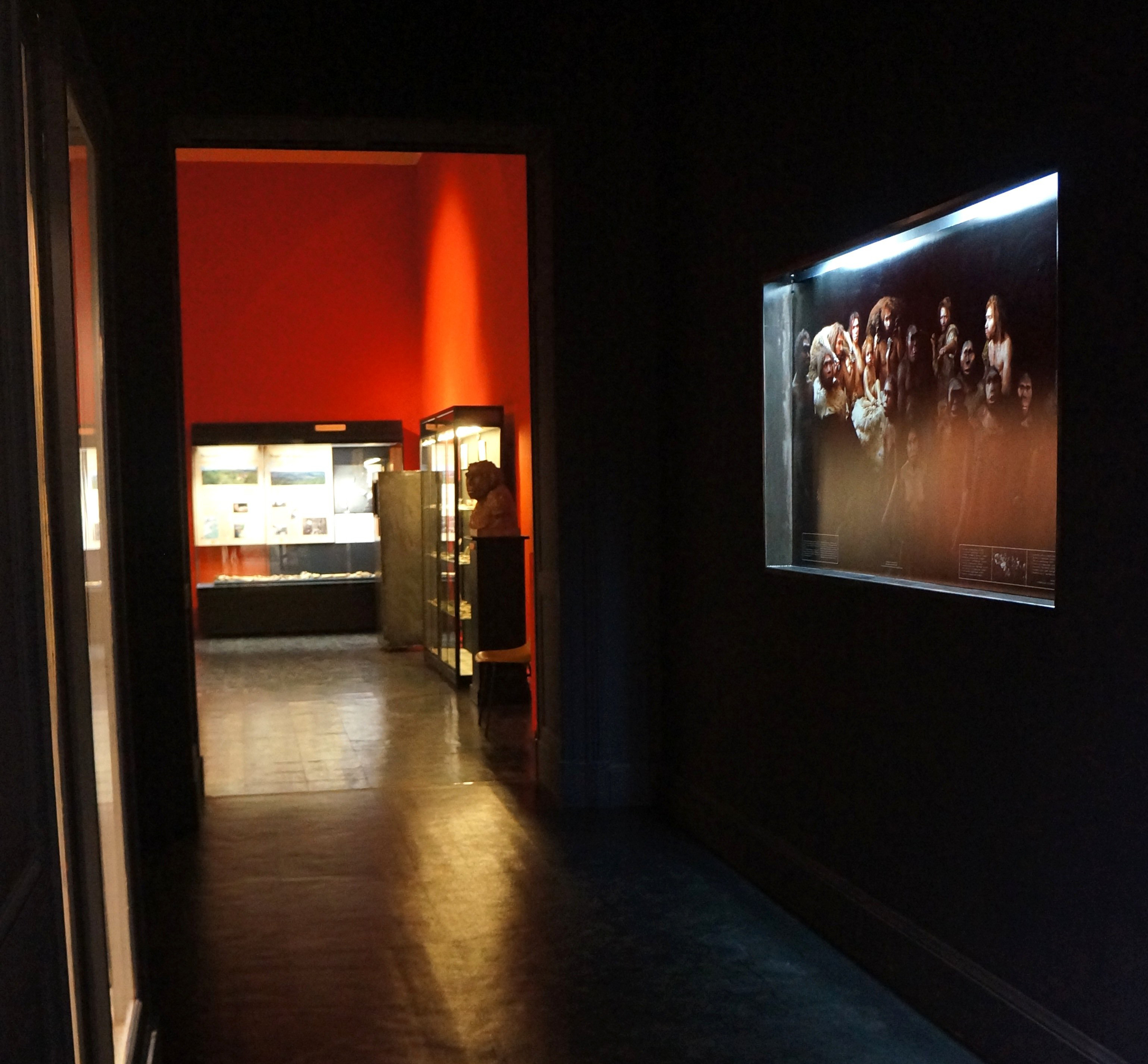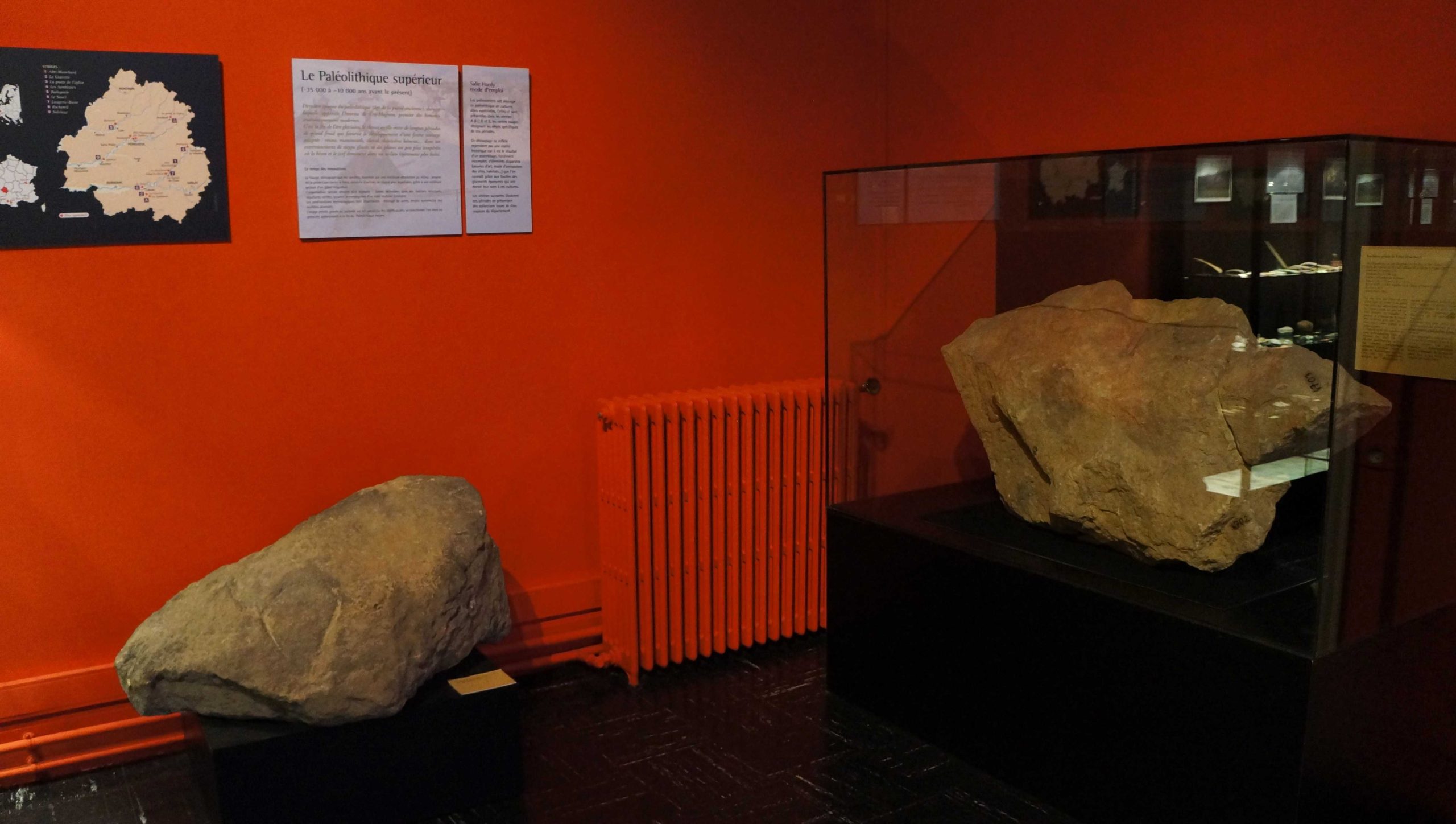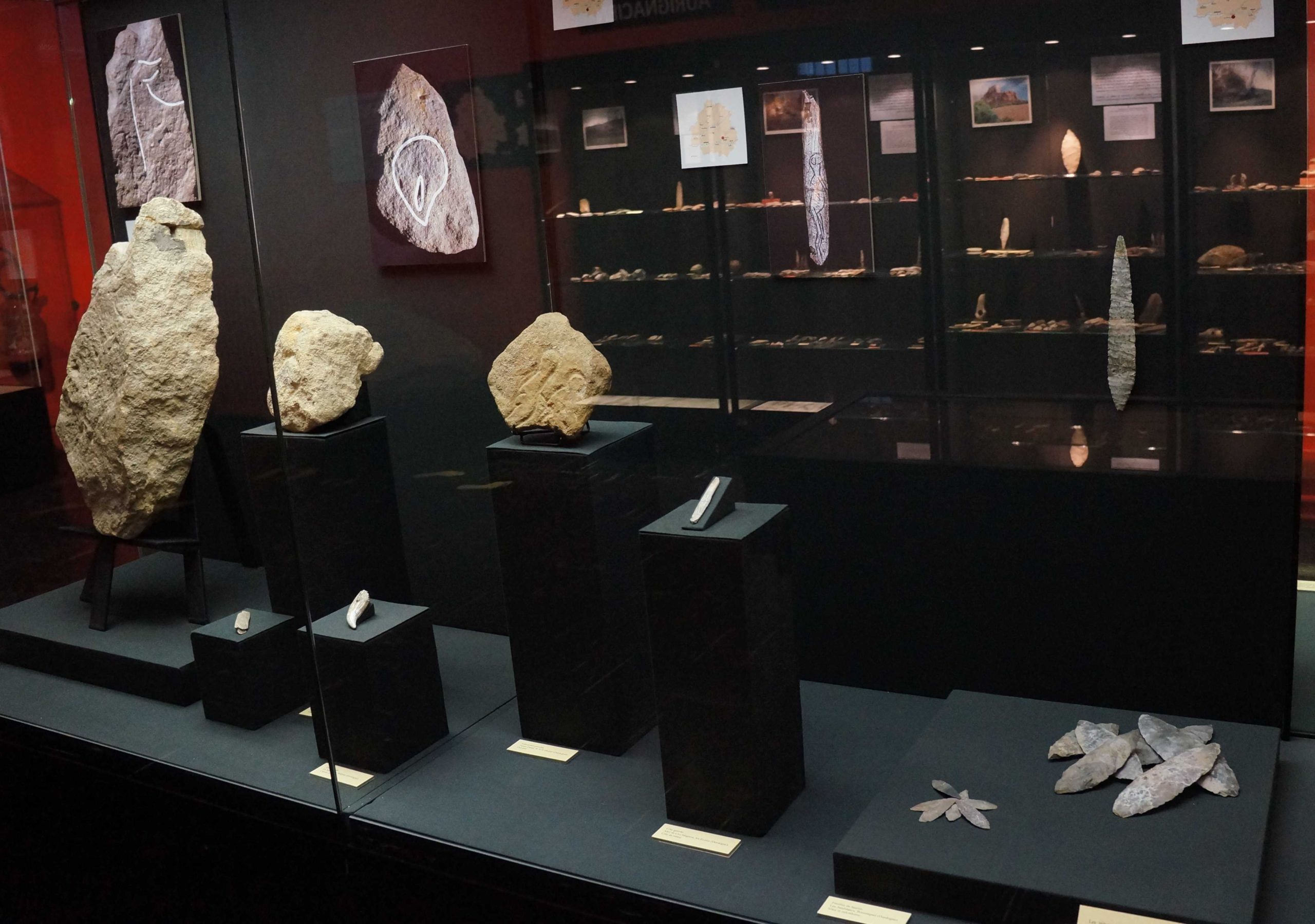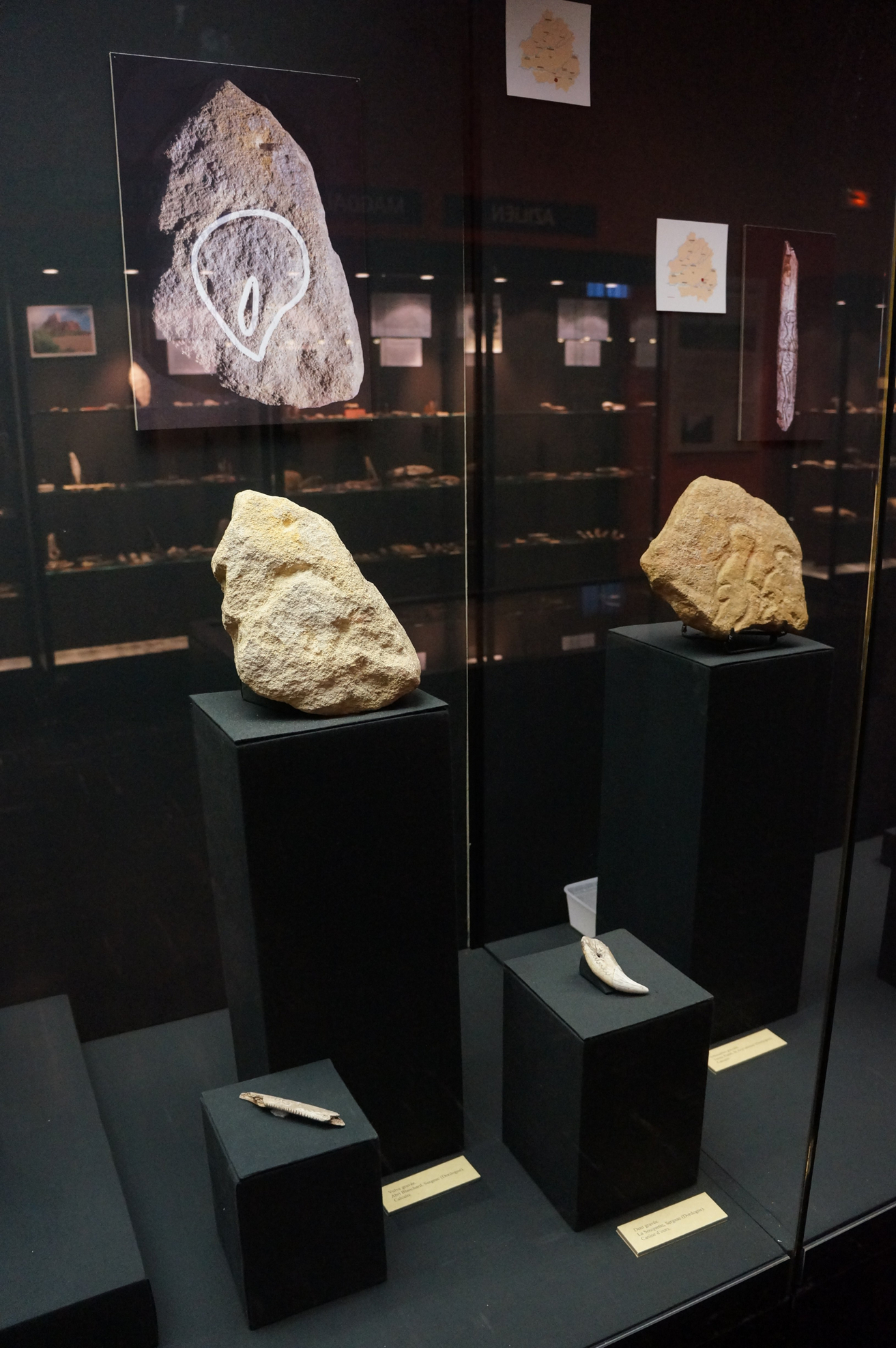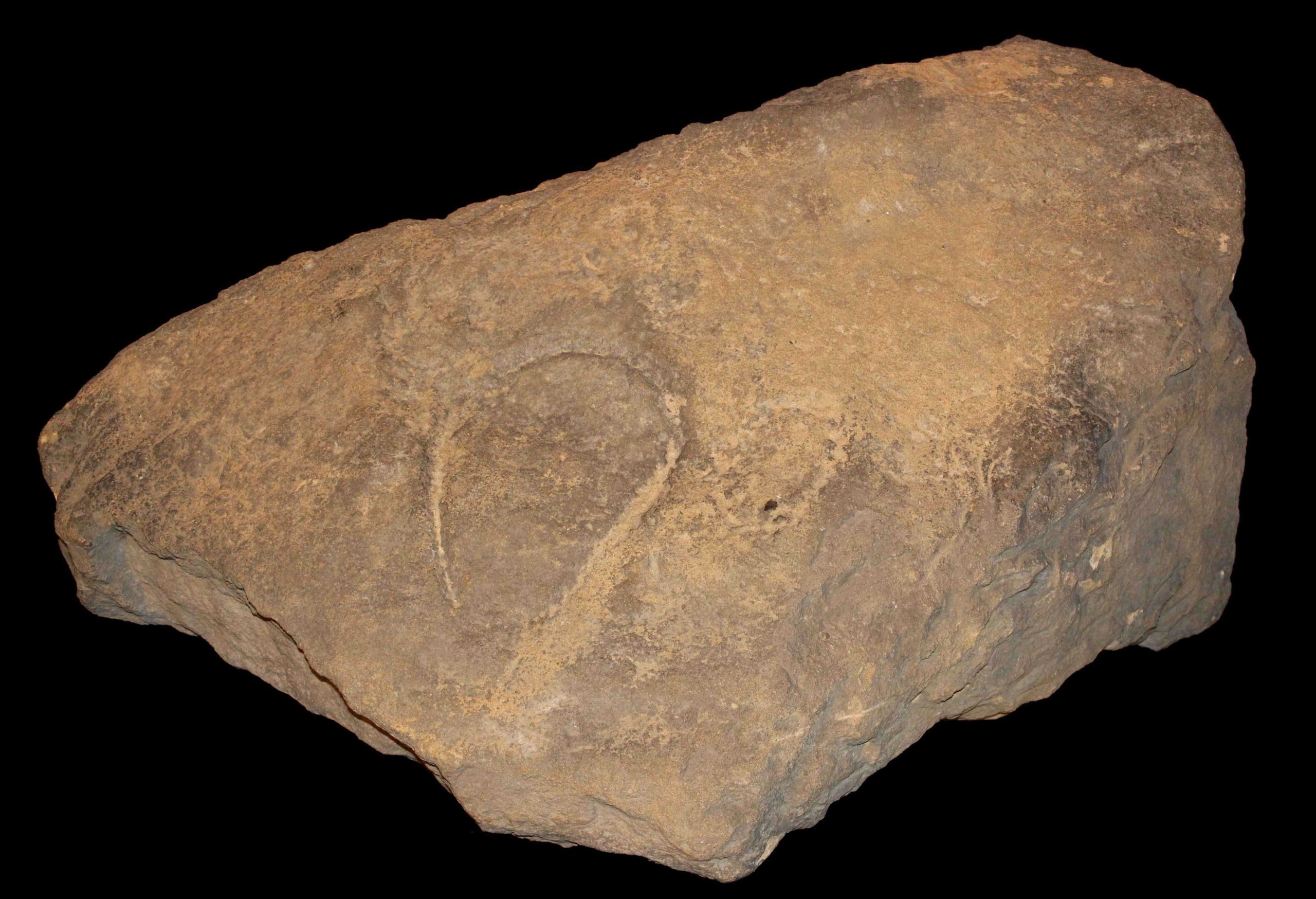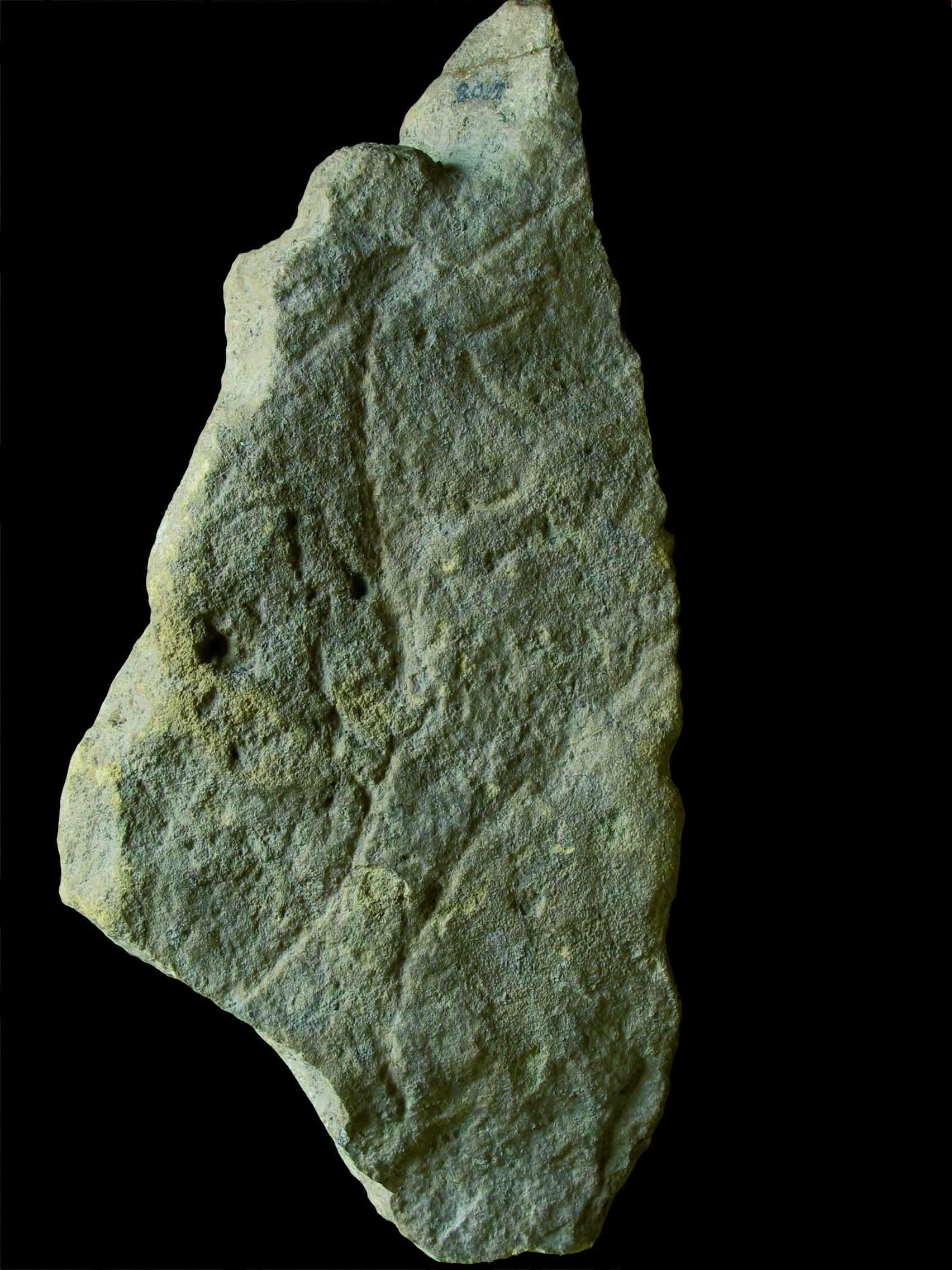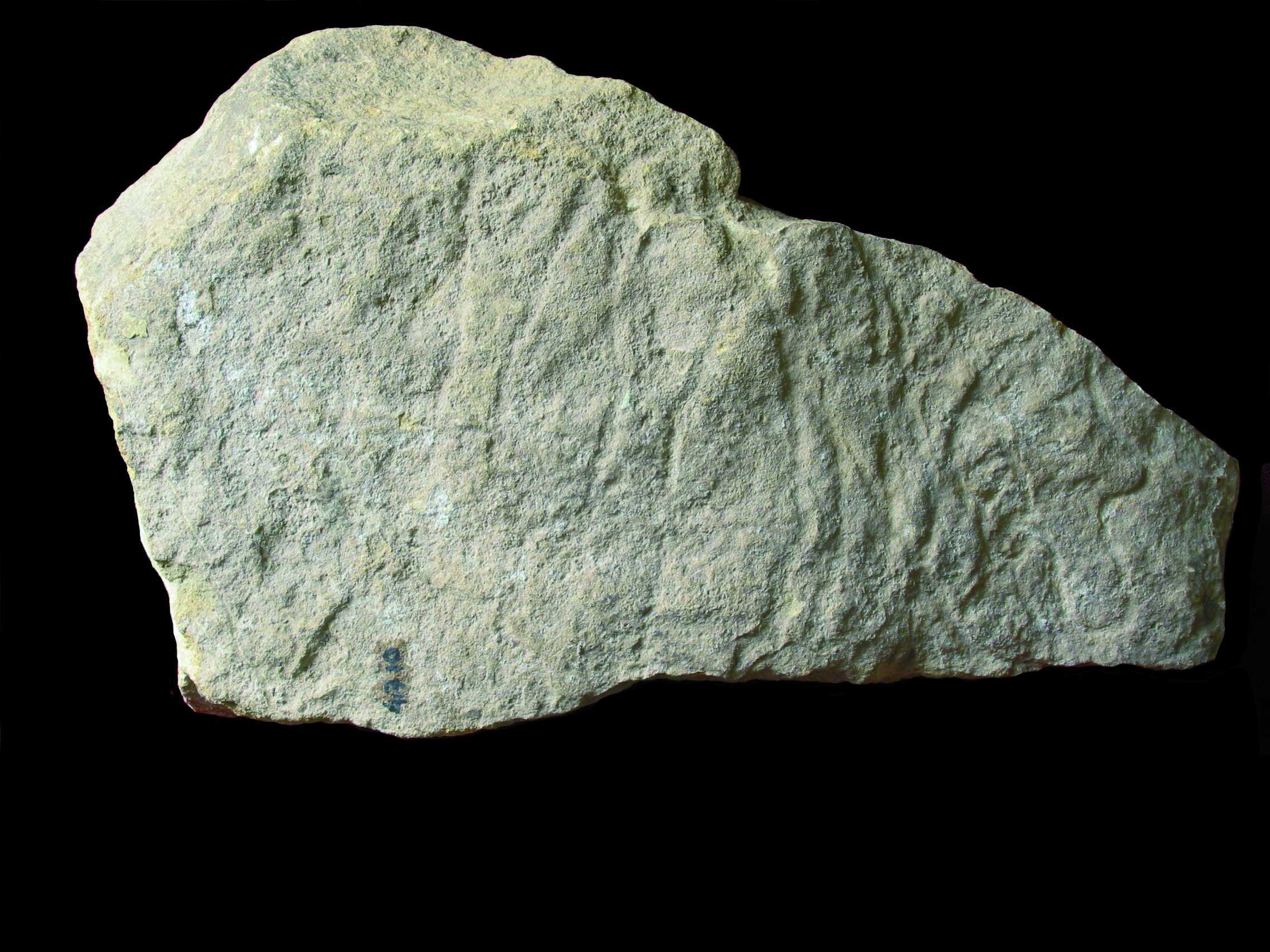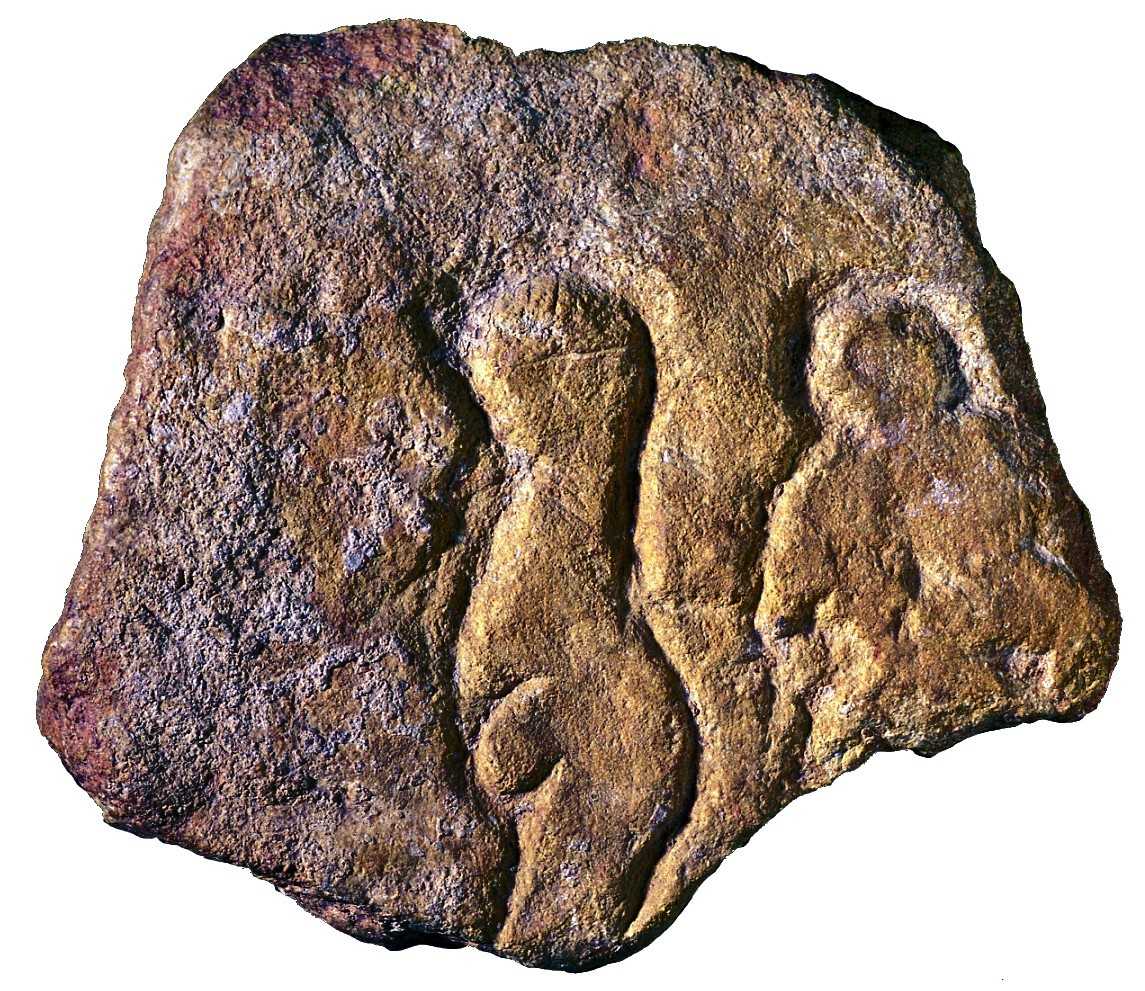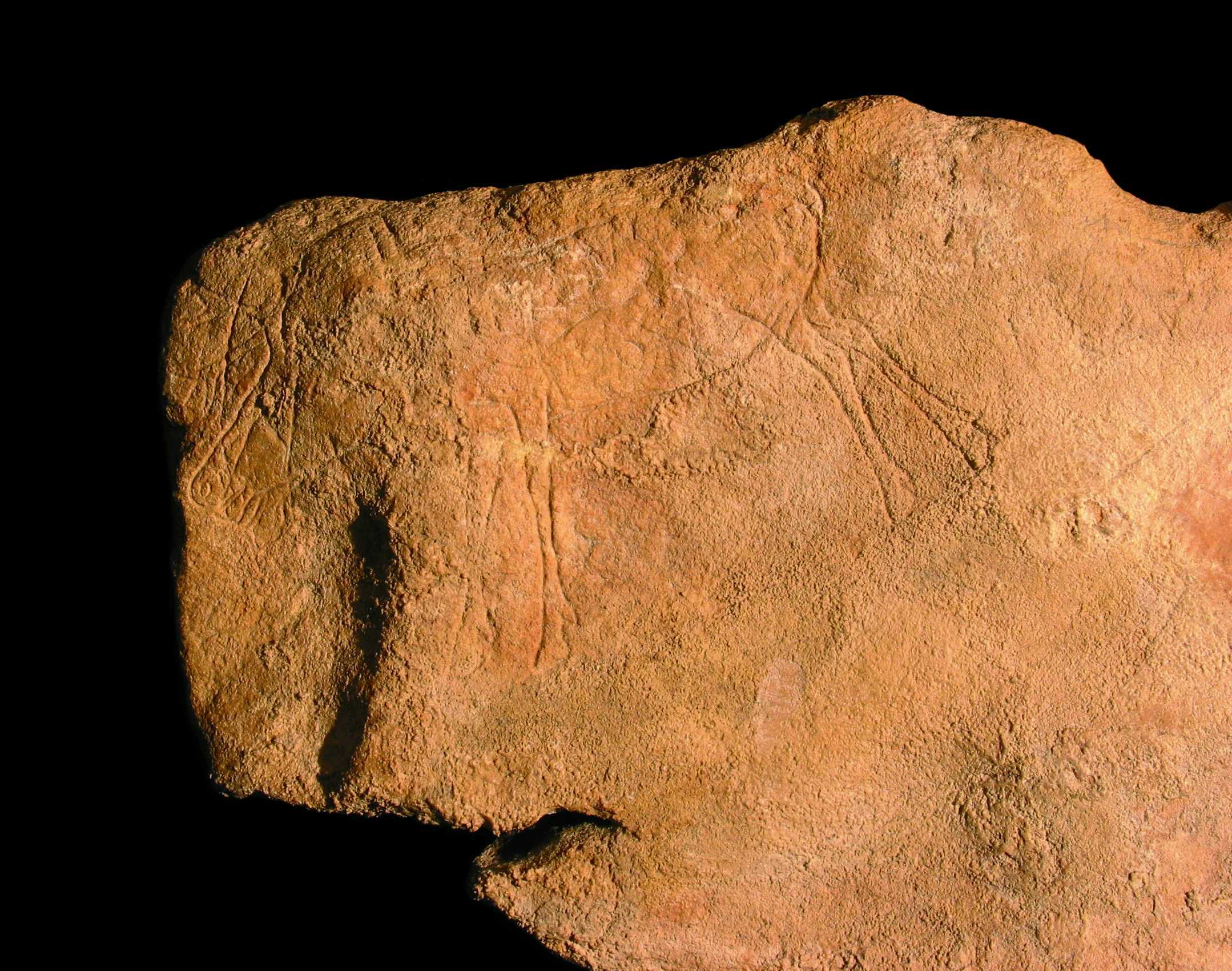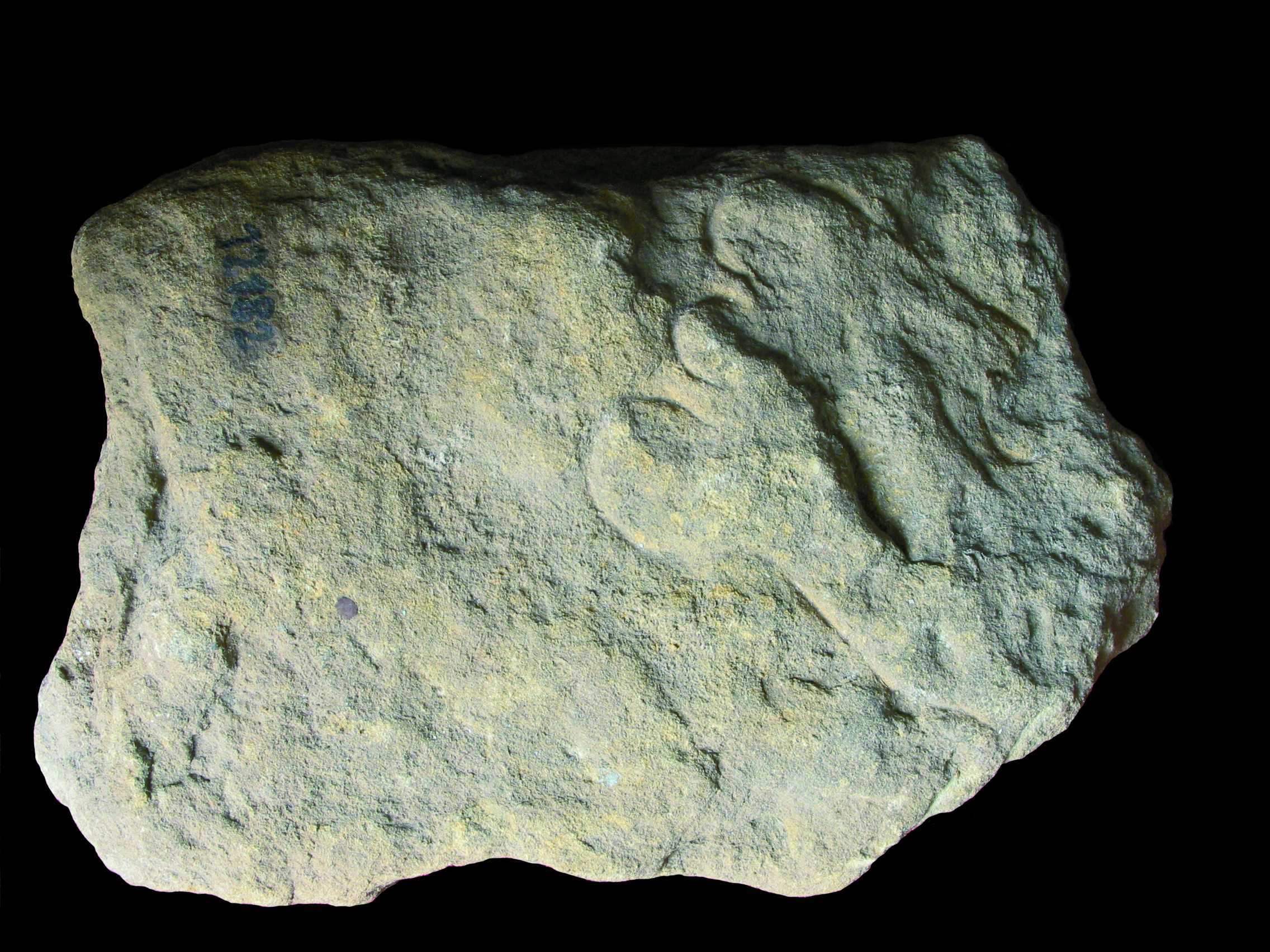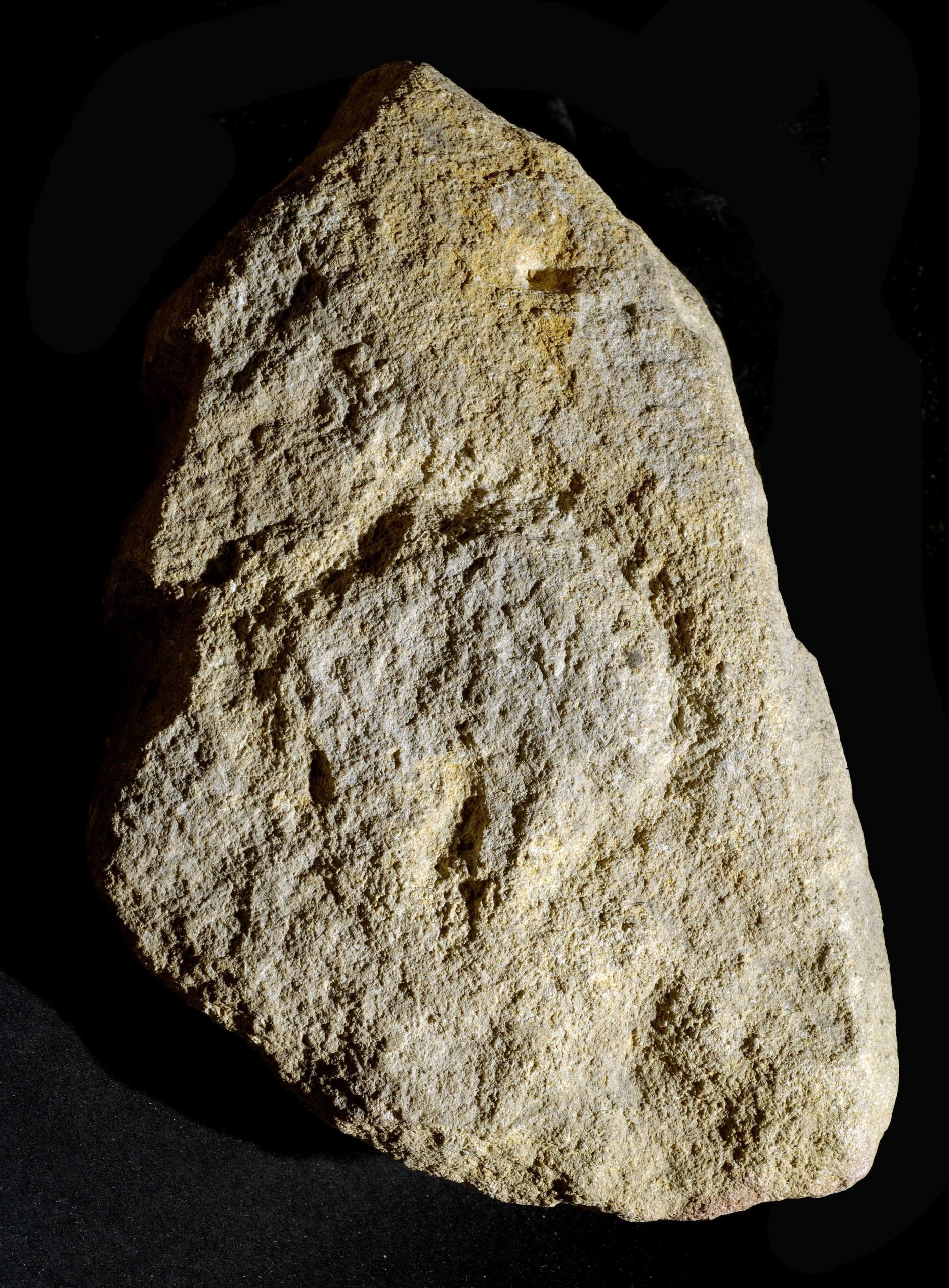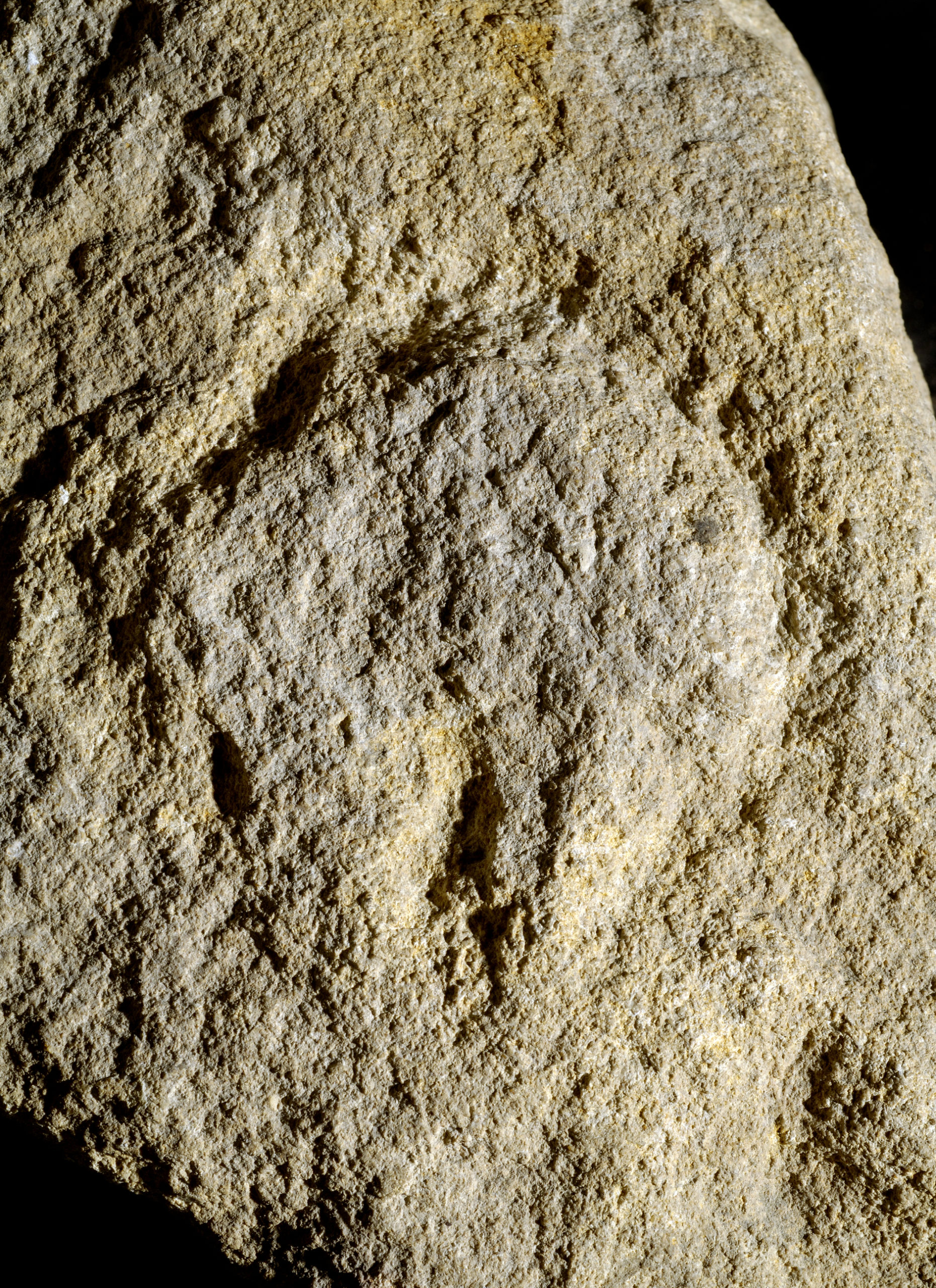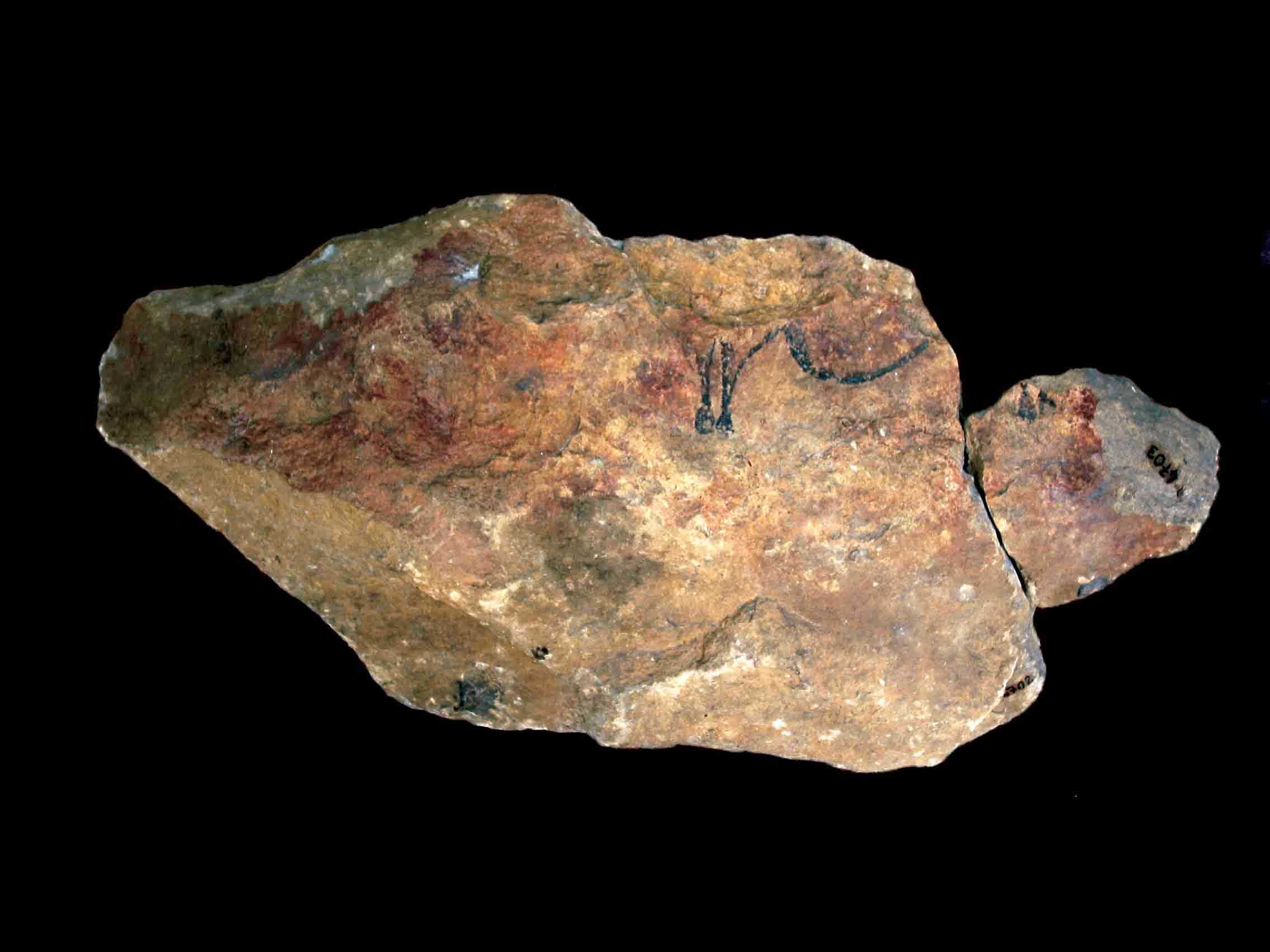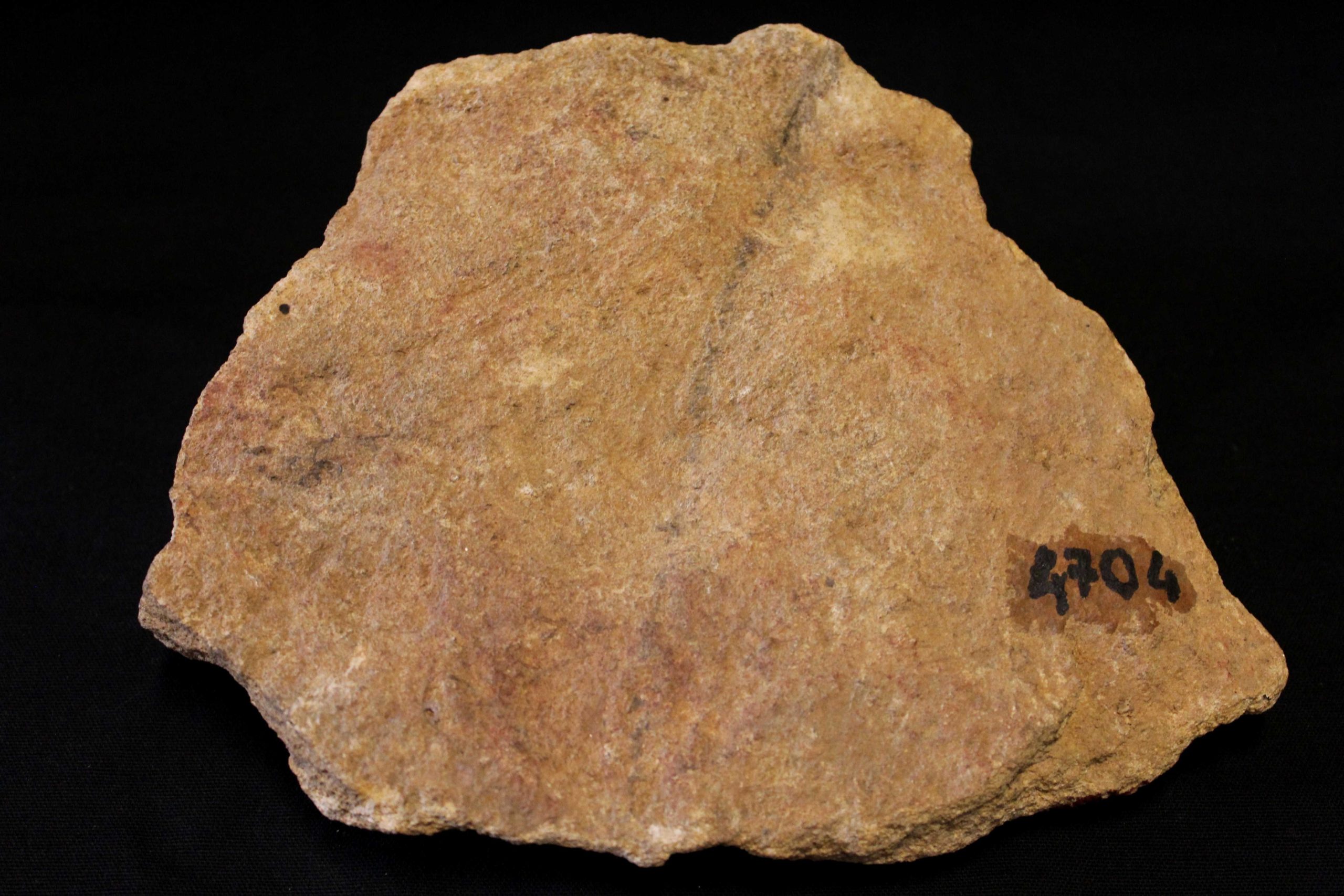Type of site:
MUSEUM
Place of location: Centre- ville
Village/Town: Périgueux
Municipality: (Dordogne)
Region: Nouvelle Aquitaine
State: France
Telephone: 05-53-06-40-70
Website: https://www.perigueux-maap.fr/
E-mail: maap@perigueux.fr
Natural Environment:
The Musée d´art et d´archéologie du Périgord is located in the heart of Périgueux, the capital of Périgord. The town is set in a vast meander of the Isle river, a tributary of the Dordogne river that rises in the Massif Central. The town is sorroundede by the wooded hills and covers about 10km2. From a geological point of view, Périgueux is located in the Aquitaine basin, in the heart of the Périgord Blanc where the rock is limestone. The climate of the region is oceanic. The city is served by the A 89 motorway which links Bordeaux to Lyon. its foundation dates back to the Gallo- Roman period, arround 16 B.C. but the site was occupied much older, as shown by some of the remains on display in the museum. Among them, the very beautiful 450,000 years old double- sided from La Croix du Duc site, found not far from the museum, or the fossil skeleton of the Raymonden site, dated around 14,000 years B.C. and discovered at the entrance of the town.
Archaeological evidences in the site:
The Musée d´art et d´archéologie du Périgord has 33,500 references listed in its inventories. The 2000 m2 permanent exhibition presents the history of the arts from prehistory to contemporary art through Africa and Oceania. Its collections of extra- European ethnography constitute the seventh collection in France. The prehistory collections are presented in two adjoining rooms. The first is dedicated to the Lower and Middle Paleolithic while the second has remains dates to the Upper Paleolithic. In the first room, we notice in particular: the 90,000- year-old- skeleton of the Régourdou man, a reference Neanderthal fossil, recognized to date as the oldest and most complate. In the second room, all the cultures of the Upper Paleolithic period are represented: from the Aurignacian to the Magdelenian. The objects presented come from the largest sites in the Dordogne. Among them the Cro Magnon shelter in Les Eyzies, the sites of Laugerie basse the Raymonden rock shelter with the skeleton of the Man of Chancelade, the site of Combe Capelle, the Abri du Souci, the Blanchard rock shelter in Sergac and many others.

